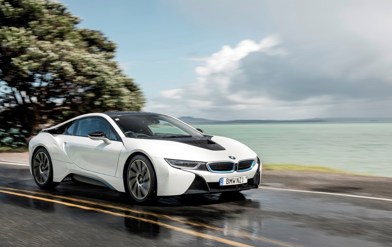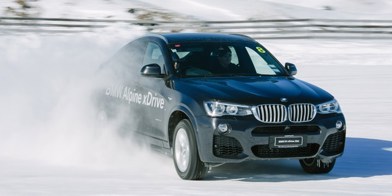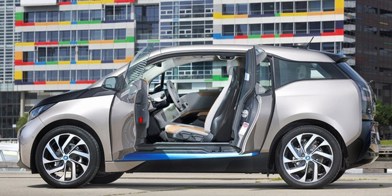Battery Electric Vehicles (BEVs) are not new to Kia. It’s offered the Niro EV for five years, for example. But looking at it with 2022 eyes, the Niro is a simple bowl of kimchi; the new EV6 is a big flavoursome serving of sundubu-jjigae.
The EV6 is Kia’s first dedicated BEV (remembering the Niro is also available as a hybrid and Plug-in Hybrid Electric Vehicle, or PHEV). It’s a clear pointer to the Korean brand’s future, which includes 14 new BEVs by 2027. And apparently some really sexy design and packaging.
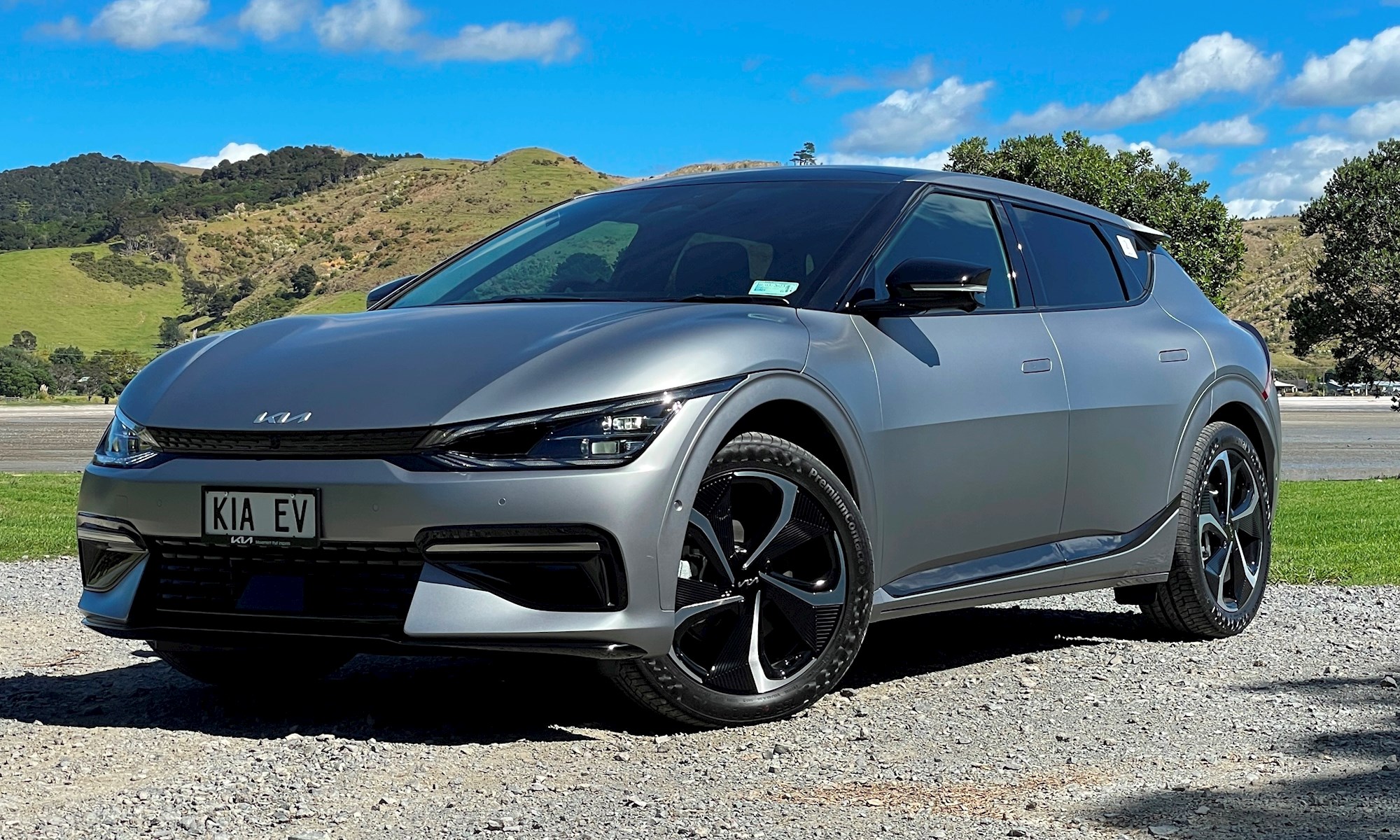
But first, the elephant in the room. The EV6 is based on the same E-GMP (Electric Global Modular Platform) architecture as the Hyundai Ioniq 5 and shares its essential powertrain technology, including two broadly similar battery sizes, the ability to charge using 800-volt technology (10-80 per cent in 18 minutes on a Hyper Charger) and a choice of rear-drive or all-wheel drive. Range across the, ahem, range varies from 394km to 528km, by the way.
But Ioniq 5 and EV6 couldn’t be more different in terms of styling and packaging. The Hyundai is an upright SUV with retro design cues, while the Kia is low, wide and fashion-forward. The EV6 is technically an SUV like the Ioniq 5, although we reckon it’s more of a fastback; almost certainly with a tip of the hat to the Jaguar I-Pace (which Kia references several times in its media product-briefing material).
Kia and Hyundai are part of the same group globally, but rivals in New Zealand, distributed by different companies. Which might explain the former’s delight in beating its sister brand in some key metrics for the local lineup. While there’s only one Ioniq 5 that dips below the government’s $80k price cap for the BEV Clean Car Discount, both EV6 Air RWD models qualify for a $8625 rebate: the “standard range” 58kWh model is $72,990, while the “long range” 77kWh version is $78,990.
While we’re on the subject, the long-range models score a slightly larger battery than the Ioniq 5 equivalent; Hyundai offers a 72kWh pack, although you still can’t get it for under $80k.
The Kia EV6 Earth model steps up to dual-motor AWD, and only comes with the larger battery, for $94,990.
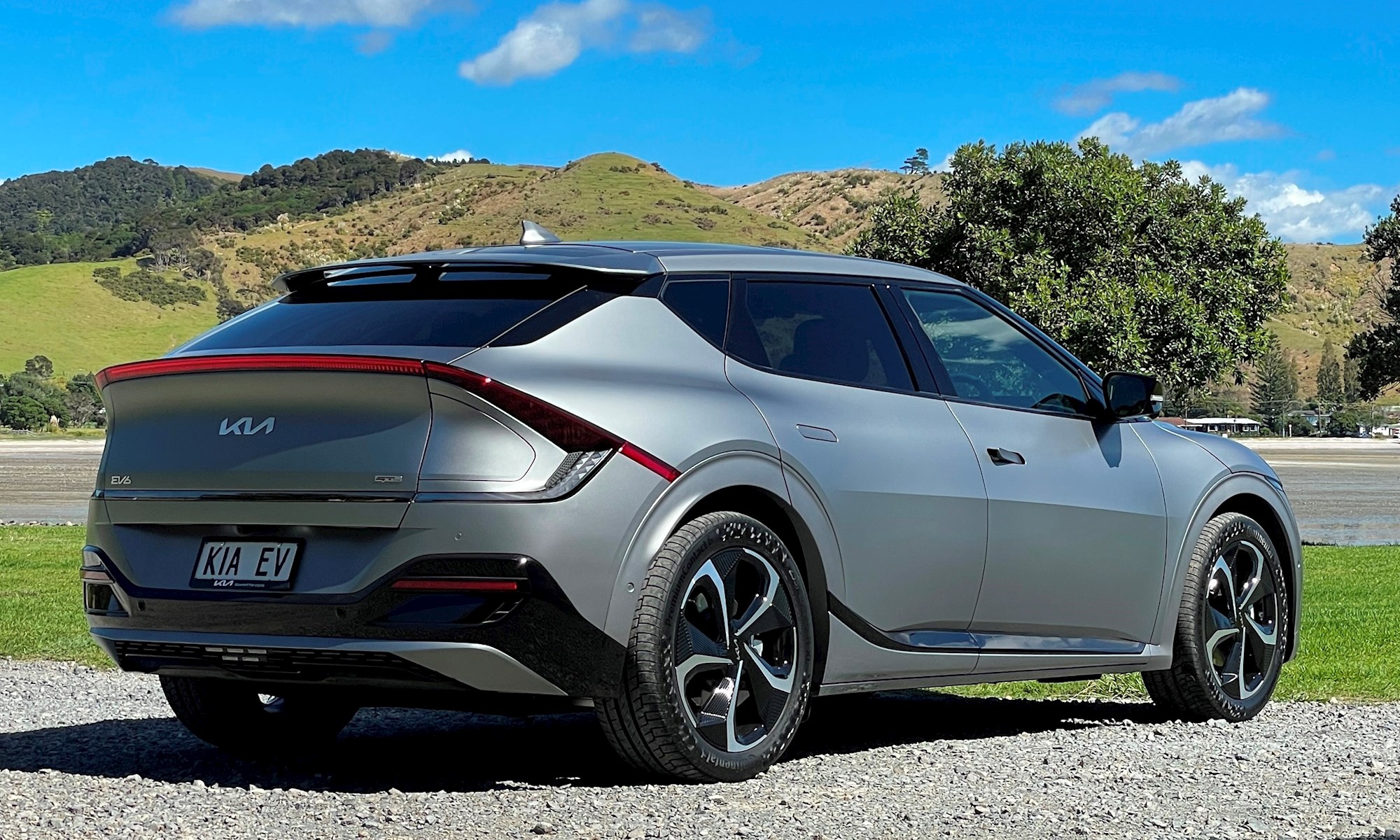
The current flagship is the GT-Line, for $106,990 (also AWD/77kWh), or $109,990 with a sunroof. The only other option of note is Moonscape matte paint, as featured on our test car. Worth it.
But there’s a proper flagship to come in the form of the EV6 GT in early 2023, which offers truly brutal performance: while the existing long range AWD models are impressively quick with 0-100km/h in 5.2 seconds, the GT rockets to the open-road speed limit in just 3.5 seconds.
For now, we’ve sampled the EV6 on local roads in GT-Line trim and it delivers an impressive dynamic package. Kia reckons it has another advantage over Hyundai in having a specific “Australasian” (Australian if we’re being honest) suspension tune for the EV6; how much of the car’s feel is down to that is hard to say, but it certainly offers superior steering and noticeably more fluid handling than the Hyundai, while also avoiding the Ioniq 5’s sometimes-brittle ride.
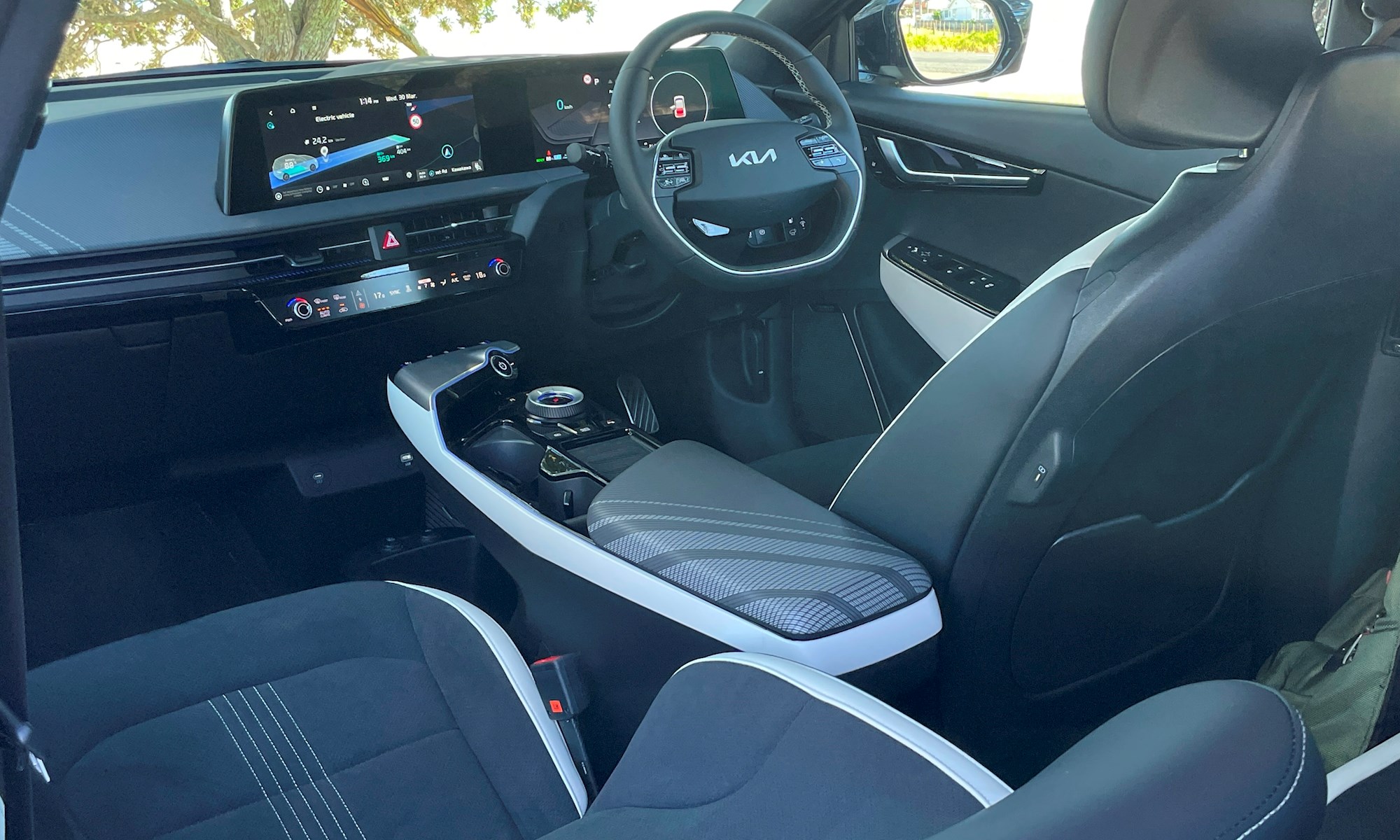
There’s a huge amount of customisation available to the driver, from different steering and braking feel to adjustable levels of regeneration – right up to the “i-pedal” setting, which offers one-pedal driving where the vehicle can be driven and stopped using only the accelerator.
The cabin is full of futuristic design touches, although in Kia-context there’s a not a lot that’s BEV-specific. The curved dual screens look pretty space-age for example, but you get a similar setup in the Sportage SUV.
The interior is vast though, thanks partly to a 2900mm wheelbase (longer than the Sorento seven-seater) and completely flat floor.
The EV6 does bring some improved tech over its Kia stablemates. The Remote Smart Parking Assist can now be operated not only in side-by-side spaces (as in Sportage and Sorento), but also for parallel manoeuvres.
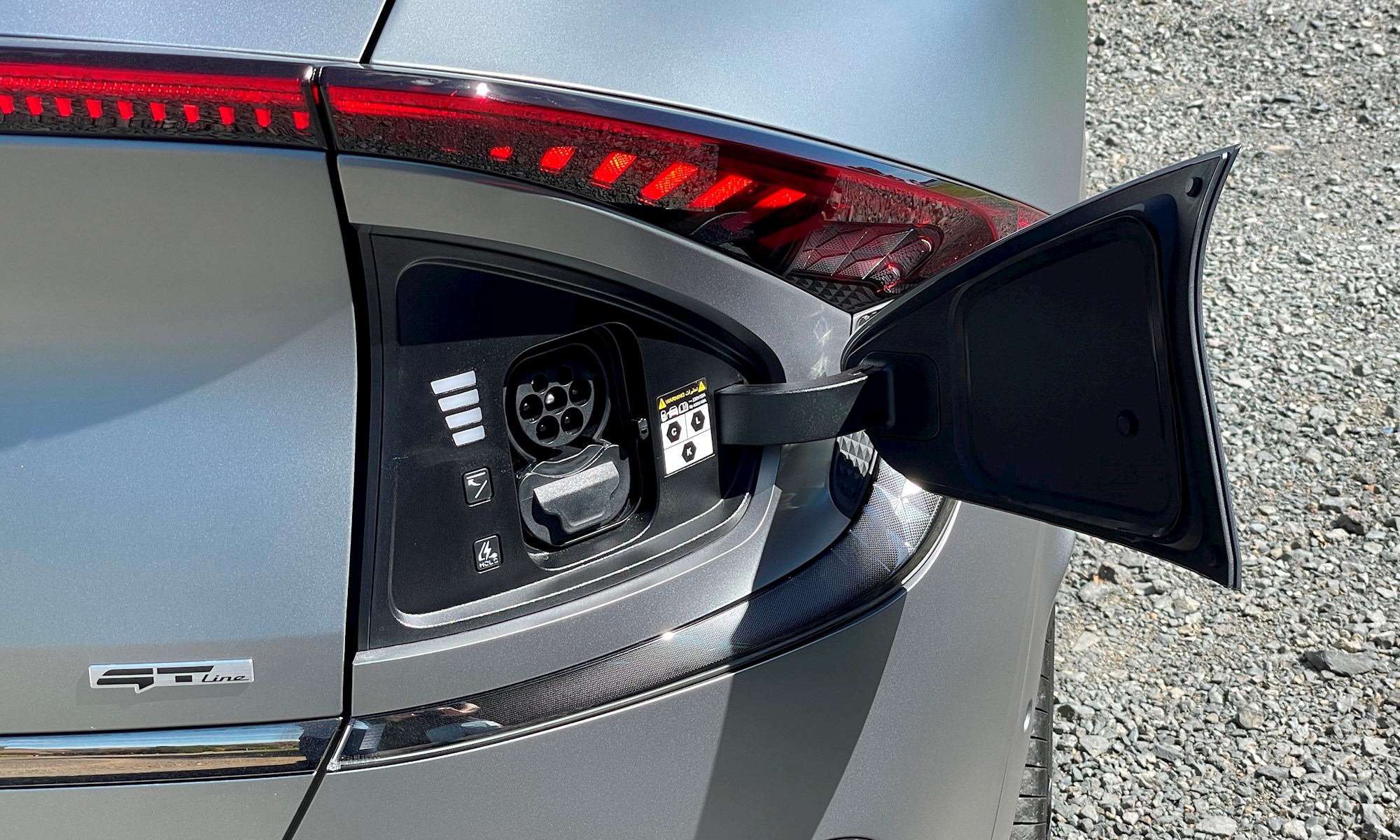
Like Ioniq 5, the EV6 is also compatible with a Vehicle to Load (V2L) connector for the charge port that allows it to power other electronic devices; unlike Ioniq 5, it also has a three-pin socket in the cabin. The Kia can also deliver Vehicle to Vehicle (V2V) power – meaning you can use your EV to charge somebody else’s EV. If you’re feeling generous.
Features unique to the GT-Line include 20-inch wheels, adaptive LED headlights, premium Meridian 14-speaker sound system and Active Sound Design, which allows you to choose from a menu of enhanced motor noises that includes Stylish, Cyber and Dynamic. Very BMW; very Hans Zimmer.
Which is another thing these new BEVs from Kia and Hyundai really do have in common: in many ways they are both convincing rivals for the higher-priced European stuff.
KIA EV6 GT-LINE
ENGINE: 77kWh lithium-ion battery, dual electric motors
POWER: 239kW/605Nm
GEARBOX: Single-speed automatic, AWD
0-100KM/H: 5.2 seconds
CONSUMPTION: 18.0kWh/100km, range 428km
PRICE: $106,990 ($109,990 with sunroof as featured)














